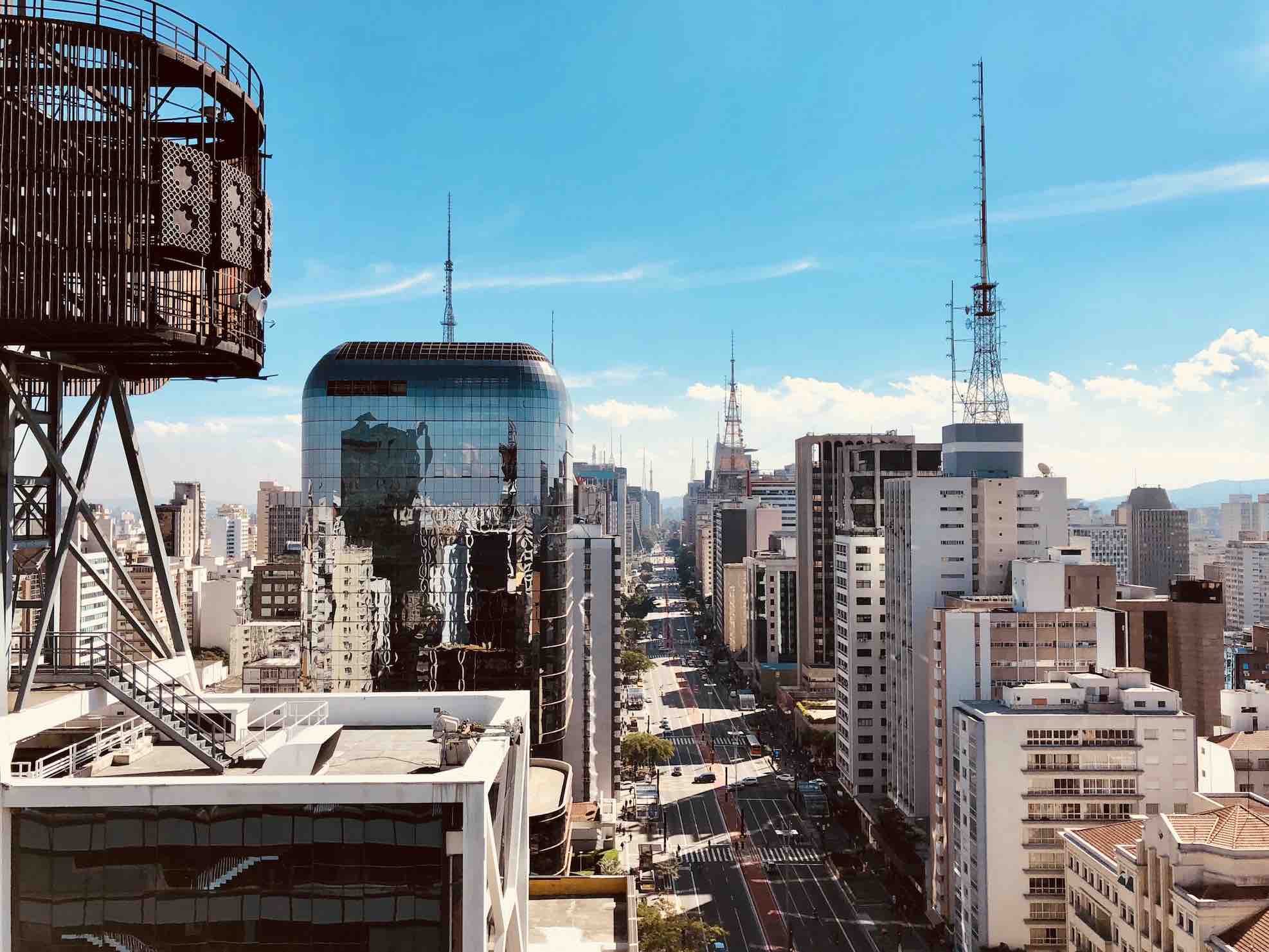The Brazilian government is preparing to introduce currency hedging instruments to attract more long-term foreign direct investments (FDI) and reverse the decline in FDI inflows. FDI in Brazil fell by 36% in the first eight months of 2023 to $37.9 billion. Currently, investors in long-term projects in Brazil with exposure to foreign currency face taxes on currency appreciation over the course of the project, which has deterred FDI. The new hedging instruments aim to address this issue and make it easier for investors to hedge currency risks in Brazil for long-term projects.
Finance Minister Fernando Haddad is confident that this measure will be ready for implementation within the next 60 days, and it is being developed in collaboration with the central bank. The move is seen as crucial for attracting foreign investment, which is essential for President Luiz Inacio Lula da Silva’s ‘green’ development projects and policy agenda.
Despite his success in passing new fiscal rules to control public debt growth, Haddad faces growing skepticism about achieving his aggressive target to eliminate Brazil’s primary deficit next year. Private economists have raised doubts about next year’s fiscal target, and opposition from Congress could hinder the government’s efforts to draw more tax revenue from certain industries and interests. Haddad acknowledged that these challenges could affect the agenda required to meet fiscal targets.
Haddad emphasised the importance of congressional support for reforms, especially in the face of growing economic headwinds, such as higher long-term interest rates in the United States and geopolitical instability in the Middle East. He mentioned that even with congressional validation of the government’s decisions so far, there is still work to be done, and new fiscal measures may be launched as needed to achieve fiscal targets.


